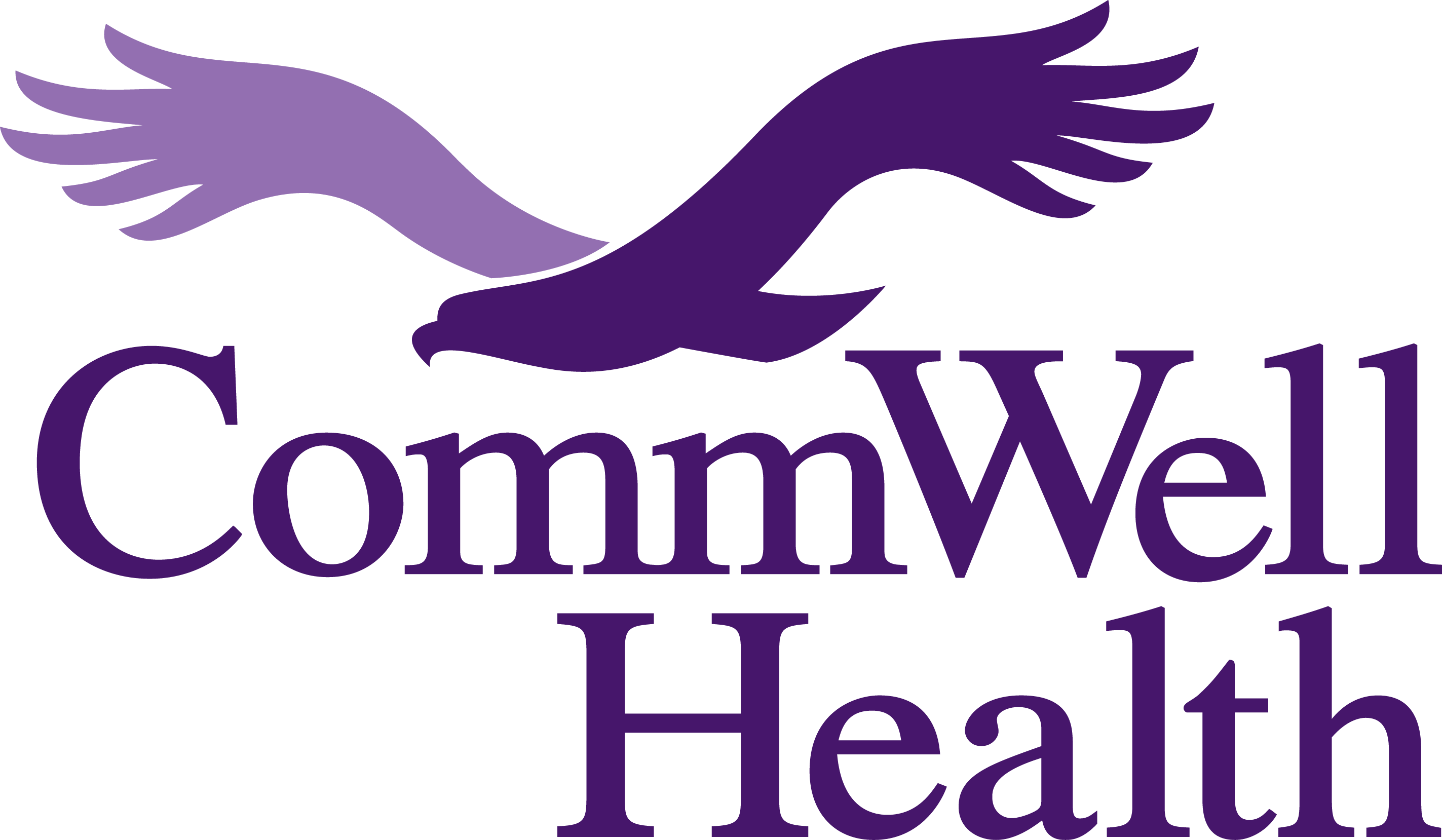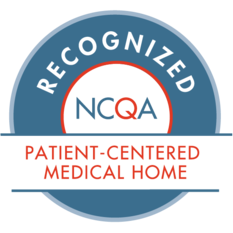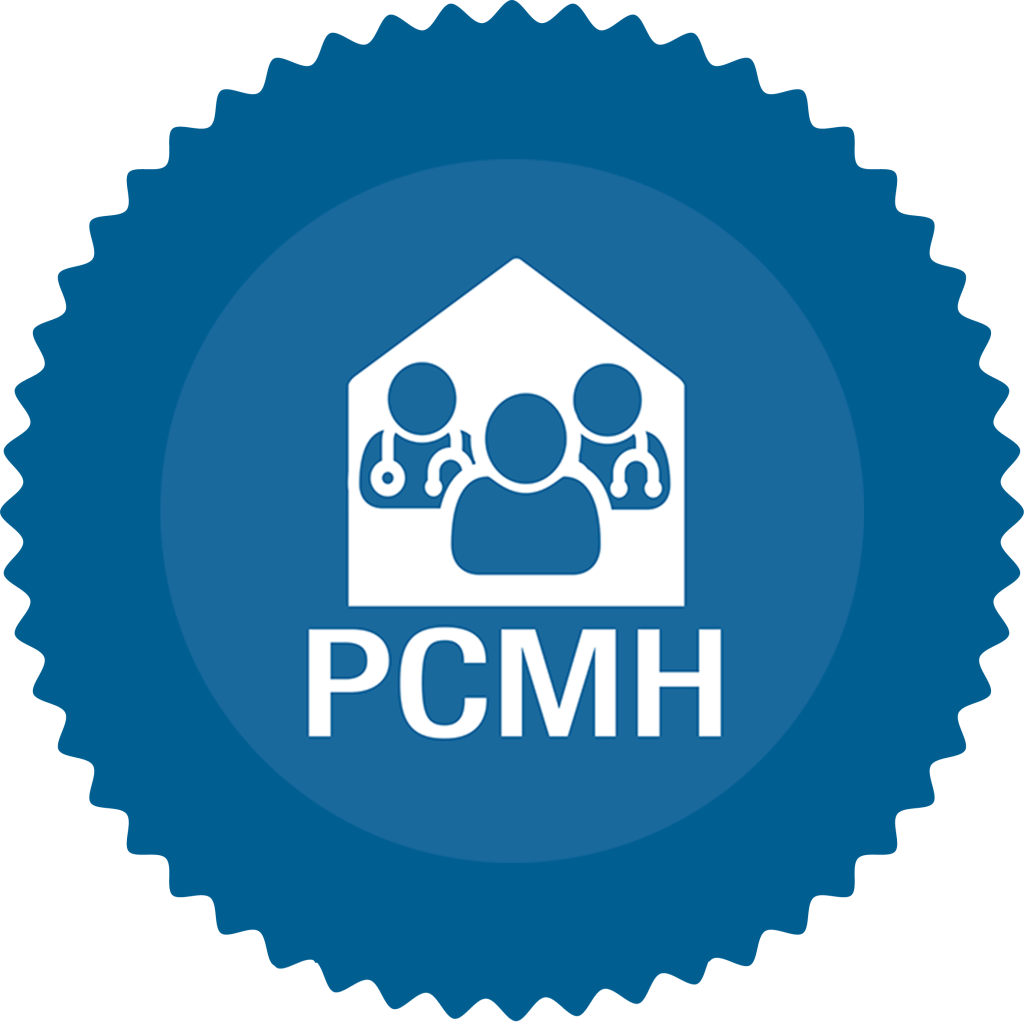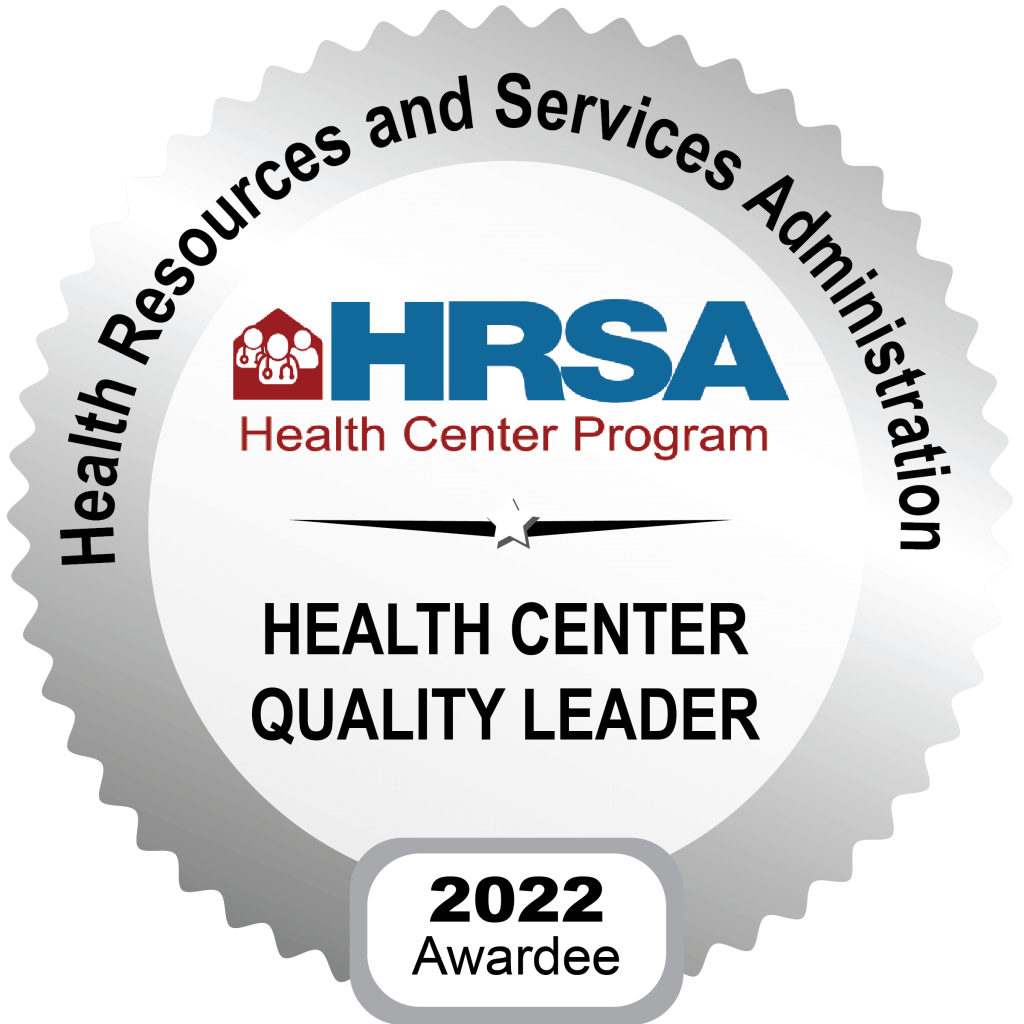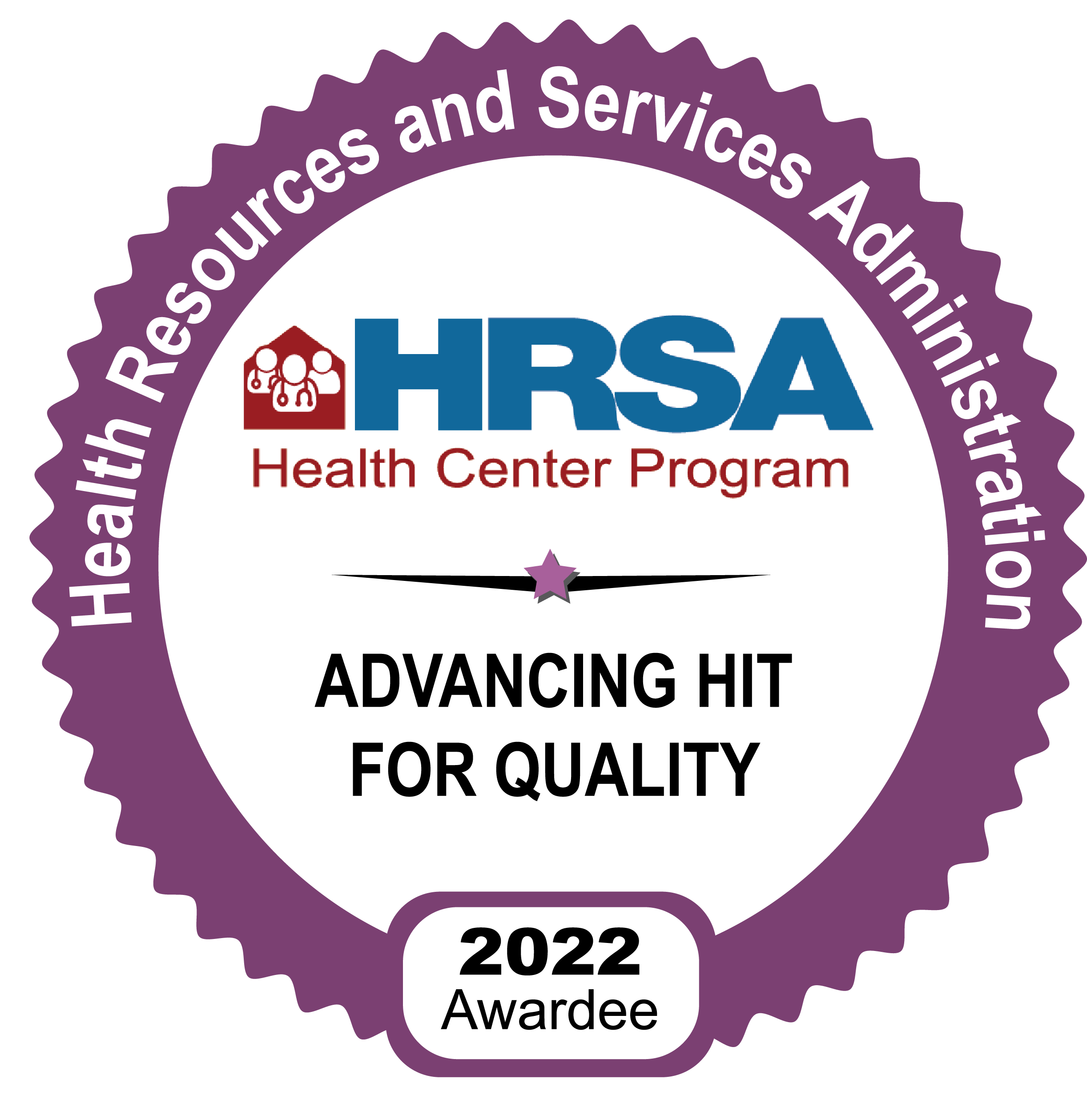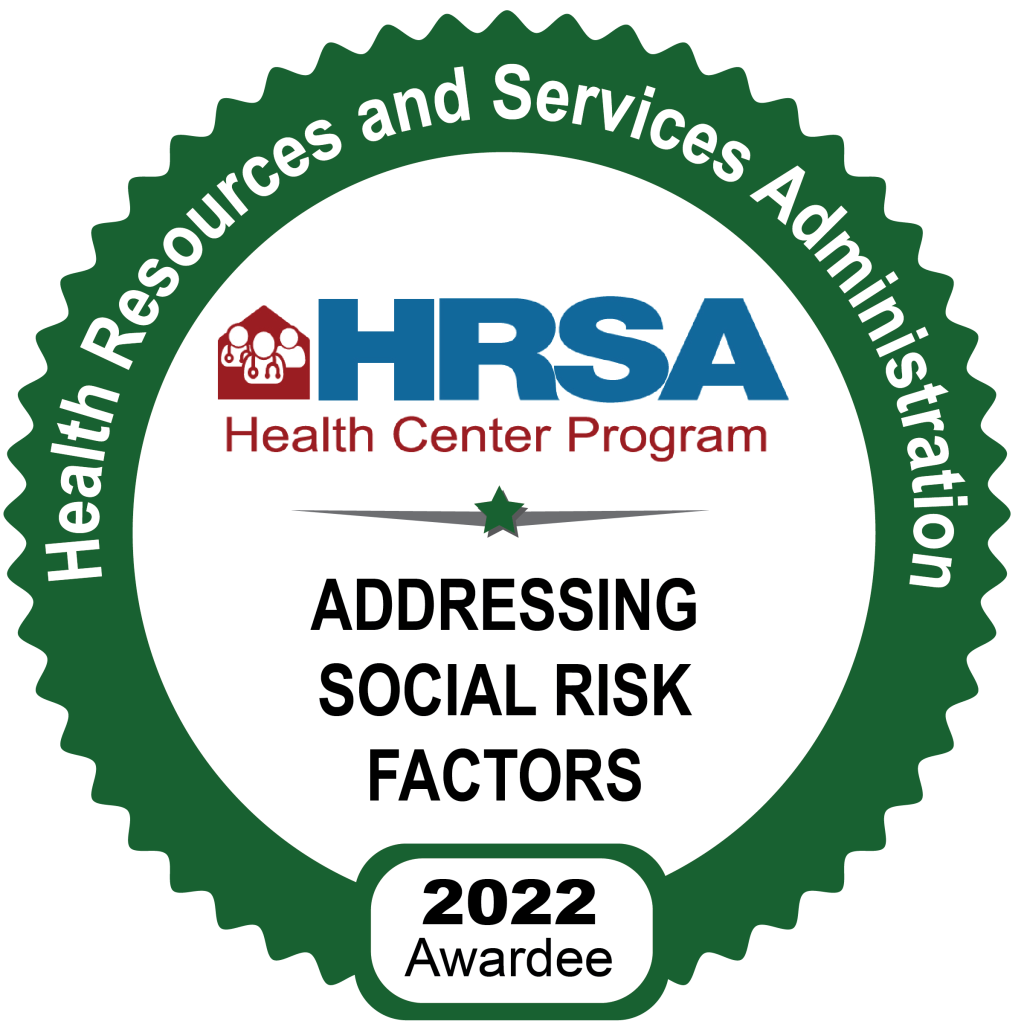Diabetes is a chronic (long-lasting) health condition that affects how your body turns food into energy.
Your body breaks down most of the food you eat into sugar (glucose) and releases it into your bloodstream. When your blood sugar goes up, it signals your pancreas to release insulin. Insulin acts like a key to let the blood sugar into your body’s cells for use as energy.

With diabetes, your body doesn’t make enough insulin or can’t use it as well as it should. When there isn’t enough insulin or cells stop responding to insulin, too much blood sugar stays in your bloodstream. Over time, that can cause serious health problems, such as heart disease, vision loss, and kidney disease.
There isn’t a cure yet for diabetes, but losing weight, eating healthy food, and being active can really help. Other things you can do to help:
- Take medicine as prescribed.
- Get diabetes self-management education and support.
- Make and keep health care appointments.
Types of Diabetes
There are three main types of diabetes: type 1, type 2, and gestational diabetes (diabetes while pregnant).
Type 1 Diabetes
Type 1 diabetes is thought to be caused by an autoimmune reaction (the body attacks itself by mistake). This reaction stops your body from making insulin. Approximately 5-10% of the people who have diabetes have type 1. Symptoms of type 1 diabetes often develop quickly. It’s usually diagnosed in children, teens, and young adults. If you have type 1 diabetes, you’ll need to take insulin every day to survive. Currently, no one knows how to prevent type 1 diabetes.
Type 2 Diabetes
With type 2 diabetes, your body doesn’t use insulin well and can’t keep blood sugar at normal levels. About 90-95% of people with diabetes have type 2. It develops over many years and is usually diagnosed in adults (but more and more in children, teens, and young adults). You may not notice any symptoms, so it’s important to get your blood sugar tested if you’re at risk. Type 2 diabetes can be prevented or delayed with healthy lifestyle changes, such as:
- Losing weight.
- Eating healthy food.
- Being active.
Gestational Diabetes
Gestational diabetes develops in pregnant women who have never had diabetes. If you have gestational diabetes, your baby could be at higher risk for health problems. Gestational diabetes usually goes away after your baby is born. However, it increases your risk for type 2 diabetes later in life. Your baby is more likely to have obesity as a child or teen and develop type 2 diabetes later in life.
Patient Education Handouts – PDF Printable
Walking Works Every Step Counts English Handout
Walking Works Every Step Counts Español Handout
What’s My A1C? English Handout
What’s My A1C? Español Handout
Diabetes and Depression – Are you at Risk? English Handout
Diabetes and Depression – Are you at Risk? Español Handout
Healthy Eating Plate English Handout
Healthy Eating Plate Español Handout
Diabetes Treatment Plan
If your test results show you have type 1, type 2, or gestational diabetes, talk with your CommWell Health provider or health care team about a detailed treatment plan.
Together, you’ll keep track of the ABCs of diabetes:
- A is for A1C: Your A1C check tells you your average blood glucose for the past 2 to 3 months.
- B is for blood pressure: Your blood pressure numbers tell you the force of blood inside your blood vessels. When your blood pressure is high, your heart has to work harder.
- C is for cholesterol: Your cholesterol numbers tell you about the amount of fat in your blood. Some kinds, like HDL cholesterol, help protect you heart. Others, like LDL cholesterol, can clog your blood vessels and lead to heart disease. Triglycerides are another kind of blood fat that raises your risk for a heart attack or stroke.
source: CDC https://www.cdc.gov/diabetes/index.html
- Walking Works Every Step Counts English PDF
- Walking Works Every Step Counts Español PDF
- How to Make a Healthy Snack English PDF
- How to Make a Healthy Snack Español PDF
